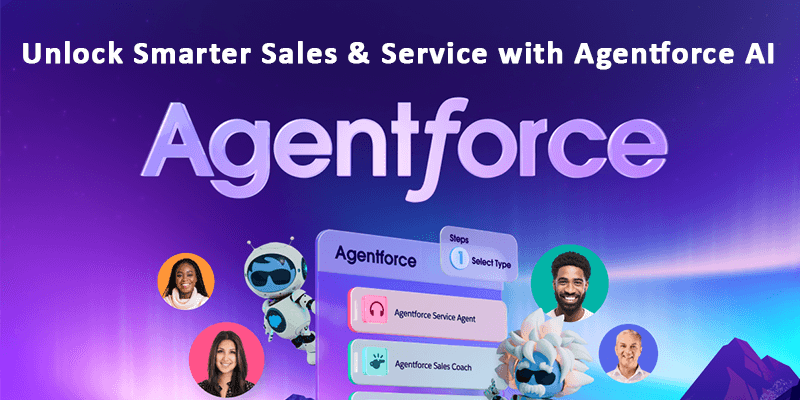Ready for Digital Transformation? Your Vision, Our Expertise - Let’s Build Innovative Software Together!
How to Build a Real Estate App for Modern Home Buyers
 Blog Build Apps Like
Blog Build Apps Like
In today’s digital era, the real estate industry has been transformed by technology. Modern home buyers in the USA increasingly rely on mobile applications to simplify the home buying process, from browsing listings to closing deals. If you’re a developer or entrepreneur looking to create a real estate app for the modern home buyer, this guide will help you navigate the process and build a user-centric, feature-rich application that meets the demands of today’s savvy buyers.
1. Understanding the Needs of Modern Home Buyers in the USA
The home buying process in the USA is evolving. Buyers now want more than just a listing of properties; they expect a seamless, interactive, and intuitive experience. Here are some key expectations of modern home buyers:
- Mobile-first experience: With the majority of home buyers using smartphones, your app should be optimized for mobile devices.
- Advanced search filters: Buyers need precise control over what they see, including price range, location, amenities, and more.
- Virtual tours and photos: With the pandemic changing the way homes are viewed, virtual tours and high-quality images have become essential.
- Instant notifications: Buyers want to stay informed about new listings, price changes, and open houses in real-time.
2. Essential Features for Your Real Estate App
Property Search and Filters
A user-friendly property search with filters based on location, price, home type, number of bedrooms, and amenities is crucial for an efficient home search. Buyers in the USA are looking for tailored search options to narrow down their options quickly.
Property Details Page
Include comprehensive property details such as high-resolution images, virtual tours, property history, neighborhood information, school ratings, and local amenities. Detailed insights into the area can help buyers make an informed decision, especially in the competitive USA housing market.
Interactive Maps
Integrating map functionality, such as Google Maps or custom map views, allows users to visually explore properties based on their location preferences. Consider including neighborhood data like average home prices, crime rates, and nearby attractions.
Mortgage Calculator
Financing is a crucial part of the home-buying process in the USA. Include a mortgage calculator that helps users estimate their monthly payments based on property price, down payment, interest rates, and loan duration.
Virtual Tours & Augmented Reality (AR)
Offering virtual tours allows users to view homes remotely. AR features can provide a more immersive experience by enabling buyers to visualize furniture and design elements in real-time within the property.
User Accounts & Saved Searches
Allow users to create personal accounts where they can save favorite properties, set alerts for new listings, and track their progress. A customized experience keeps users engaged and more likely to return.
Push Notifications & Alerts
Real-time notifications about new properties, price drops, and open houses ensure users don’t miss out on important opportunities. These alerts can also be customized based on the buyer’s saved search criteria.
Chat or In-App Communication
Real estate agents are essential in the home-buying process. Integrating an in-app messaging feature lets buyers communicate directly with agents, ask questions, or request a tour, streamlining the process.
3. Technologies to Use for Building Your Real Estate App
Cross-Platform Development
Building a cross-platform app ensures you reach a wider audience, as many users in the USA use both iOS and Android devices. Frameworks like Flutter, React Native, and Xamarin enable efficient development for multiple platforms without compromising performance.
Cloud Storage
For storing property images, videos, and other media content, cloud storage solutions like AWS S3 or Google Cloud offer scalability and security.
Geolocation & Mapping Services
Integrating services like Google Maps, Mapbox, or OpenStreetMap will help users search for properties based on location, as well as explore neighborhood data.
AI & Machine Learning
AI-powered algorithms can analyze user behavior and preferences to suggest homes based on past searches, increasing engagement. Machine learning models can also optimize search results based on evolving market trends.
Real-Time Data & APIs
For up-to-date property listings, integrate real estate data providers through APIs. Services like Zillow, Realtor.com, and Redfin can provide accurate, real-time property information.
4. Legal Considerations for the USA Market
When developing a real estate app in the USA, make sure to comply with the following regulations:
- Fair Housing Act: Ensure your app does not discriminate against any potential homebuyers based on race, color, religion, sex, familial status, or national origin.
- Data Privacy: Follow data protection regulations like GDPR (for European users) and CCPA (California Consumer Privacy Act) for US-based users. Secure handling of user data is critical.
- MLS Listings: Ensure that your app integrates with MLS (Multiple Listing Service) data providers to offer legitimate property listings to users.
5. Monetization Strategies for Your Real Estate App
- Subscription Model: Charge users a subscription fee for premium features, such as advanced search filters, premium listings, or access to virtual tours.
- Freemium Model: Offer a free version of the app with essential features and a paid version with additional features such as in-app messaging or priority support.
- Advertising: Partner with local agents and property developers to display ads within the app, offering an additional revenue stream.
6. Marketing Your Real Estate App in the USA
Once your app is ready, it’s time to promote it. Here’s how you can reach the right audience:
- SEO & Content Marketing: Create blogs and videos on topics related to home buying, selling tips, and real estate trends in the USA to attract organic traffic.
- Social Media: Platforms like Instagram, Facebook, and LinkedIn are ideal for promoting listings, virtual tours, and success stories.
- Paid Ads: Use Google Ads and social media ads to target potential home buyers based on location, demographics, and behaviors.
- Partnerships with Real Estate Agents: Collaborate with local real estate agents and agencies to promote your app and offer exclusive deals.
Conclusion
Building a real estate app for the modern home buyer in the USA requires understanding the needs and preferences of users in a fast-paced market. By incorporating essential features like advanced search filters, virtual tours, interactive maps, and real-time notifications, you can create a user-friendly app that stands out. With the right technologies, legal compliance, and marketing strategies, your real estate app can thrive in the competitive USA market and provide significant value to home buyers.





